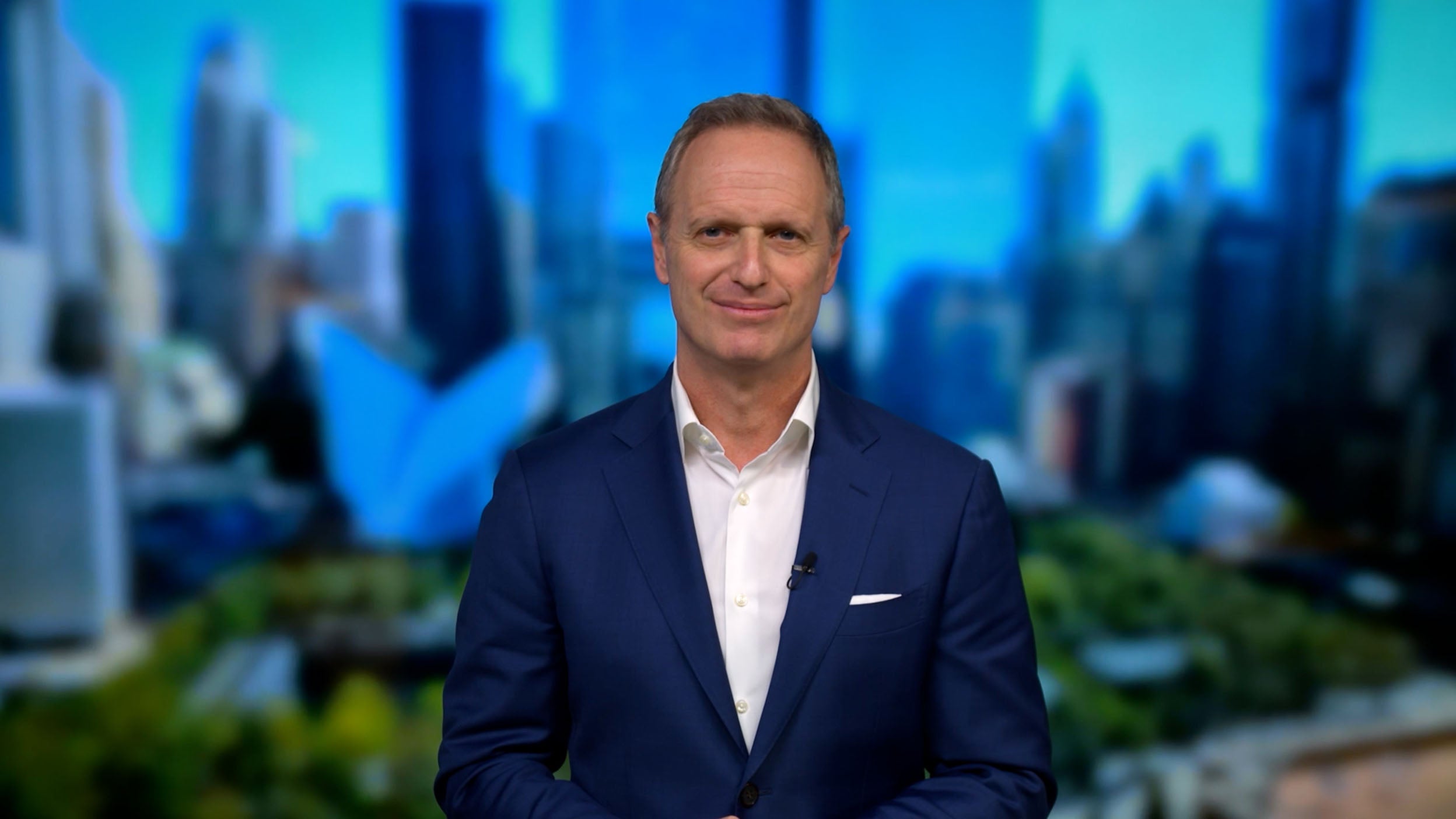Significant focus on the uncertainty of the US macroeconomic backdrop and its potential implications on the market remain top of mind for investment opportunities. Against this cautious outlook, we asked the experts from Invesco’s bank loan, direct lending and distressed credit teams to share their views as the third quarter of 2024 wraps up.
Bank Loans: potential for high income and relative value
Kevin Egan, Senior Portfolio Manager, Senior Secured Bank Loan Group
As we approach the end of the third quarter, there has been a significant focus on the uncertainty of the US macroeconomic backdrop and its potential implications for the senior secured bank loan market. We continue to believe there are still several compelling reasons to consider investing in senior secured loans:
- Potential high level of current income: Current income is comprised of two key components—base interest rates (which are expected to stay higher for longer) and credit spreads (which continue to remain wide). Coupon income for bank loans today is ~9.19%, which is near its highest since 20091. Market expectations are for rates to remain higher for longer, well above pre-2022 levels2. Loans have proven to provide consistent, stable income through varying market cycles, including recessionary periods and periods of falling rates3.
- Are rates higher for longer?: Loans have virtually no duration risk (average ~45 days)4. The forward Secured Overnight Financing Rate (SOFR) curve currently implies an average 3-month SOFR rate of approximately 5% over the course of 20242. This reflects the broadly adopted market view that the US Federal Reserve (Fed) will pivot to easing interest rates late in 2024 and will lower interest rates cautiously. Recent economic data has been more supportive of a higher for longer interest rate environment, benefiting higher loan coupons2.
- Compelling relative value: Loans have offered one of the best yields in fixed income, while providing downside risk mitigation by being senior in the capital structure and being secured by the assets of the company. Loans have offered these high yields with no duration risk. In a recessionary environment, loans offer downside risk mitigation by being senior which means they are the highest priority to be repaid in the event of default. Senior secured assets may offer added risk mitigation throughout recessionary periods.5
We feel current loan yields and spreads look very attractive both on a historical and a relative basis. The average coupon for loans has been around 9.19%, outpacing the average high yield coupon of 6.24%1. After averaging around ~170 bps less than high yield bonds over the past fifteen years, this is the first time in history the average loan coupon has surpassed that of high yield bonds. It was only around three years ago when loans were yielding ~4.80%; loans recently have been yielding over 400 basis points more than that1.
For more information about bank loans, read our quarterly update of “Private Credit: A case for senior loans.”
Direct lending: Direct lending yields to remain attractive amid potentially shifting Fed policy
Ron Kantowitz, Head of Direct Lending
During the first half of 2024, the economy demonstrated resilience despite the persistence of higher-than-desired inflation, and the Federal Reserve maintained its "higher for longer" stance on interest rates. As a result, private equity-related mergers and acquisitions (M&A) volume, typically a significant driver of direct lending opportunities, saw a further decline of 34% when compared to the already-low levels exhibited during the first half of 2023. It’s worth noting however that the direct lending deals that were completed over the period continued to be fundamentally strong, especially when supported by a disciplined approach to structuring and documentation. Importantly, all-in yields on an unlevered basis remained attractive and well above historical levels.
For the remainder of the year, inflation is expected to abate and the Federal Reserve may shift to a more accommodative policy. It is also anticipated that M&A volumes will improve as pressures mount for private equity firms to return capital to investors. Should new direct lending opportunities increase in number, ample dry powder remains available – although a continued emphasis on maintaining discipline in leverage capacity and credit terms will be key.
Importantly, the quality of direct lending deals we are seeing remains very compelling. We remained focused on underwriting conservative capital structures with moderate leverage and tight documentation. We believe the current environment should allow for a continuance of historically attractive yields. Given the potential for a more accommodative Fed, SOFR is now projected to average around 5% for 2024. While we may see some compression in spreads and original issue discounts (OID), we still believe that all-in direct lending yields will remain in the 11-12% range, unlevered. These levels represent incredibly attractive opportunities from a risk/return perspective.
Distressed credit: Attractive capital solution investment opportunities continue to be the focus
Paul Triggiani, Head of Distressed Credit and Special Situations
Within distressed credit and special situations, many themes from earlier this year continue to persist. Global economies remain strong overall, with some exceptions in Europe, particularly the United Kingdom and Germany. The US Federal Reserve still has the opportunity to engineer a “soft landing” once monetary policy loosens, but this seems less likely for the U.K. and Germany.
Year-to-date, our pipeline of special situations opportunities, particularly capital solutions transactions, has grown exponentially. We are evaluating new investments in private equity-owned businesses almost daily. These businesses have healthy operations, but with leverage profiles that were set up between 2018 and 2022 which have now resulted in untenable cash interest expense levels. These private equity sponsors face a dilemma: they own performing businesses capitalized in a near-zero base rate environment, and now much of their free cash flow is spent on cash interest expenses. They have owned these companies for several years without the ability to reinvest in operations, expand into new products or geographies, or pursue accretive M&A strategies, resulting in minimal equity value creation.
That’s where we are able to step in and structure attractive capital solution transactions that may help significantly reduce interest expense, sometimes possibly eliminating it, with appropriate downside risk mitigation through security and governance. These are healthy companies that do not need to restructure, which means they can offer significantly reduced risk and offer historically compelling risk/return asymmetry.








